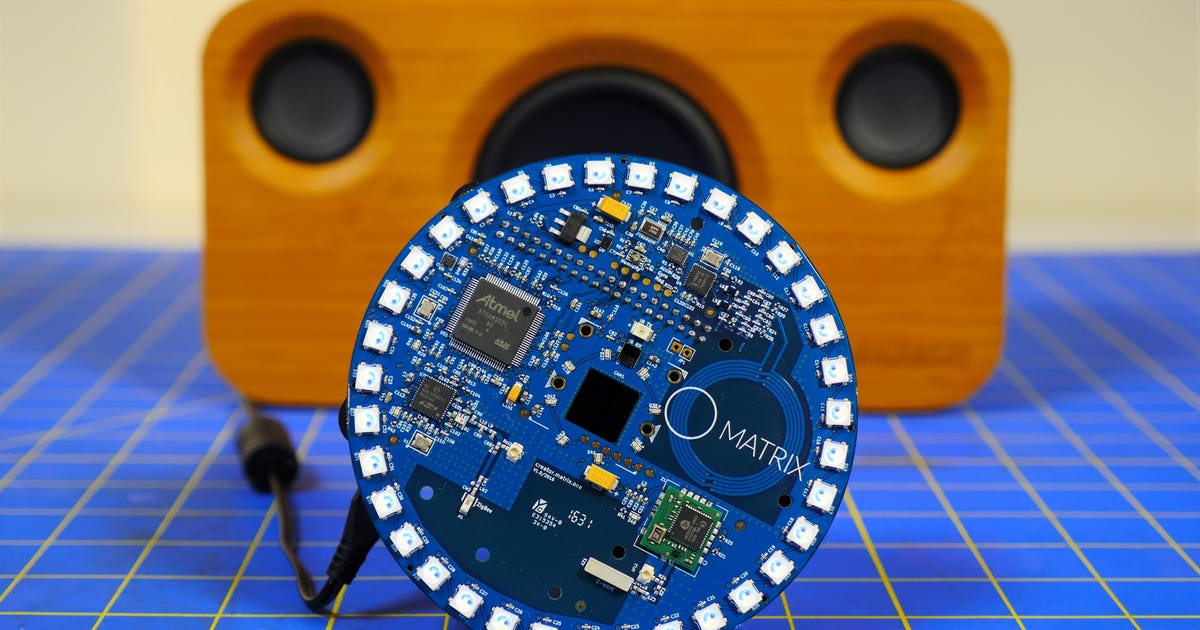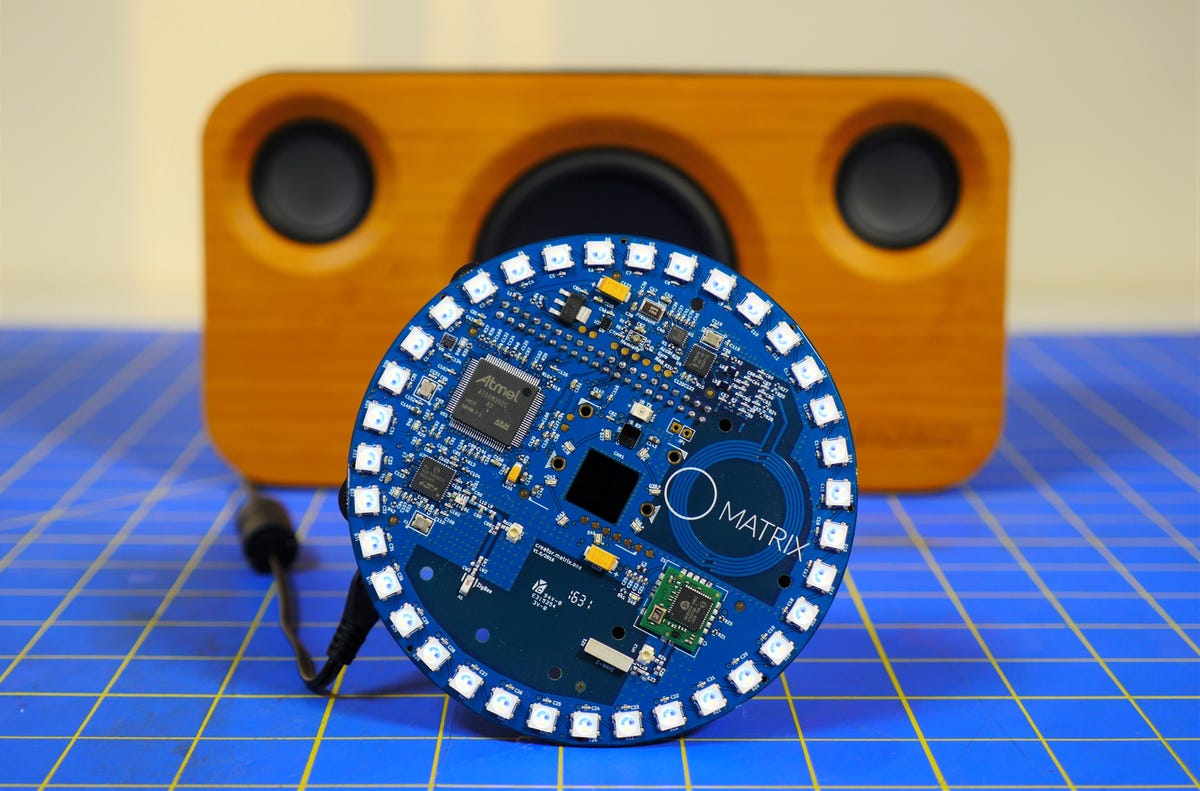5 Things To Consider Before Making A DIY Alexa Speaker
5 things to consider before making a diy alexa blinds 5 things to consider before making a diy alexa controlled 5 things to consider before making a left 5 things to consider before making a judgment 5 things to consider before making purchases 5 things to consider before buying led bulbs top 5 things to do in nashville cnn 5 things for today

5 things to consider before making a DIY Alexa speaker
Buying an Alexa-capable speaker from Amazon or a third-party manufacturer isn't the only way you can take the smart speaker for a spin. Amazon has made it so you -- and other manufacturers -- can make your own, so long as you have something like a Raspberry Pi and a few other components on hand.
The idea of a DIY Alexa speaker is certainly enticing, but it comes with its fair share of drawbacks. Here are a few things to consider before building your own Alexa speaker.
You're not really saving money
Sadly, if you think building an Alexa speaker yourself is a way to test out Alexa while saving some cash, you would be wrong.
While the Amazon Echo ($35 at Amazon) is a steep $179.99 (£147.27 or AU$236.29), you can now pick up the Echo Dot for just $49.99 (£40.9 or AU$65.72). And many affordable third-party options, like the Fabric Alexa-Enabled Smart Speaker, go for a similar price.

If you add up all the components you'll need for a DIY Alexa speaker, you'll exceed that price in a hurry, unless you already have everything on hand.
The Raspberry Pi 3 and power adapter will set you back about $45 (£36.82 or AU$59.16) right out of the gate. Then you will need a microphone and a speaker. Something like the MATRIX Creator, which has an 8-MEMS microphone array and host of other sensors, will set you back another $99 (£81.24 or AU$129.52).
Appearance
Going the DIY route, you'll be sacrificing the sleek appearance of Amazon's hardware. The Echo, Echo Dot and Amazon Tap are all discreet devices that are designed to blend in with other items on your kitchen counter or a bookshelf. And if you don't like how they look out of the box, you can spruce things up with a skin.
While the exposed circuitry of the MATRIX Creator looks pretty cool, it's certainly not the discrete look the official speakers give off. And it's not a look everyone will want.
Unfortunately, you can't just hide the components either, as placing them behind a nice looking speaker or underneath something will likely interfere with the microphone's ability to pick up your voice. Not only that, it also moves the Raspberry Pi out of reach, which brings us to the next problem.
No wake word...yet
Without going the official route, and even with some third-party speakers, you're giving up part of what makes Alexa so helpful around the house -- the wake word.
With the MATRIX Creator, you must wave your hand over the IR sensor on the board to wake Alexa. Other DIY builds require you to push a button, similar to the Amazon Tap. This means you'll have to move near the speaker just to use it, unless you can come up with some sort of remote option. Either way, it's not ideal and sort of defeats the purpose.
The upshot is that Amazon has released an API update that includes support for a wake word. So this will change in the very near future, but most of the existing tutorials out there have not been updated to accommodate the new API.
Response time
Unlike the official Alexa speakers, my time with the DIY solution has included a lot more waiting. The Amazon Echo responds to commands almost immediately -- usually within 1 to 2 seconds. The DIY option, on the other hand, offers up roughly a 4- to 8-second turnaround.
In my testing, Echo was typically finished with its long-winded weather update before the DIY Alexa speaker even started speaking back.
Reliability
All of this is under the assumption that everything goes to plan. But the DIY build, which MATRIX clearly states is not ready for prime time and is for demonstration purposes only, has been very hit or miss.
I can boot up the Raspberry Pi one time and use Alexa without a hitch. The next time, the MATRIX Creator might get stuck in a loop where it's constantly listening to silence and trying to figure out what to do, all without ever waiting for me to wave my hand over the sensor. Other times, the IR sensor wouldn't respond to my hand waving over it and I would have to give the sensor a gentle tap to activate Alexa.
Also, sometimes Alexa didn't seem to know how to respond to simple, standard commands that the Echo handled with ease, such as, "Tell me a joke" or "Good morning."
It's still worth doing for the tinkerer

All things considered, it's still worth trying, especially if you've got the slightest bit of tinkerer in you. It's also a great way to put Alexa to the test and see how she might fit into your home.
Then again, if you don't want to go through hours of troubleshooting or piecing together hardware, there is Echosim.io or the growing number of apps which virtualize Alexa, such as Roger, Lexa or Lexi.
Source



